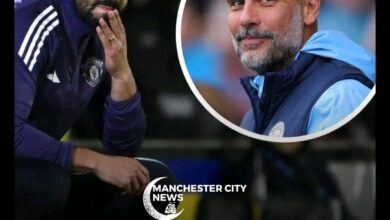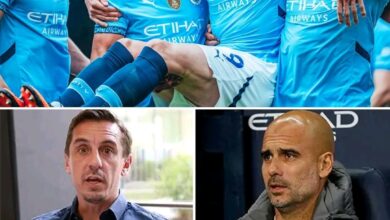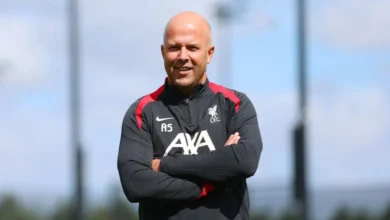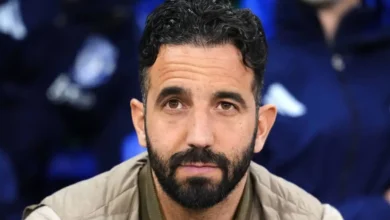Now worth 252% more: Man City may regret selling “Messi-esque” star for £15m
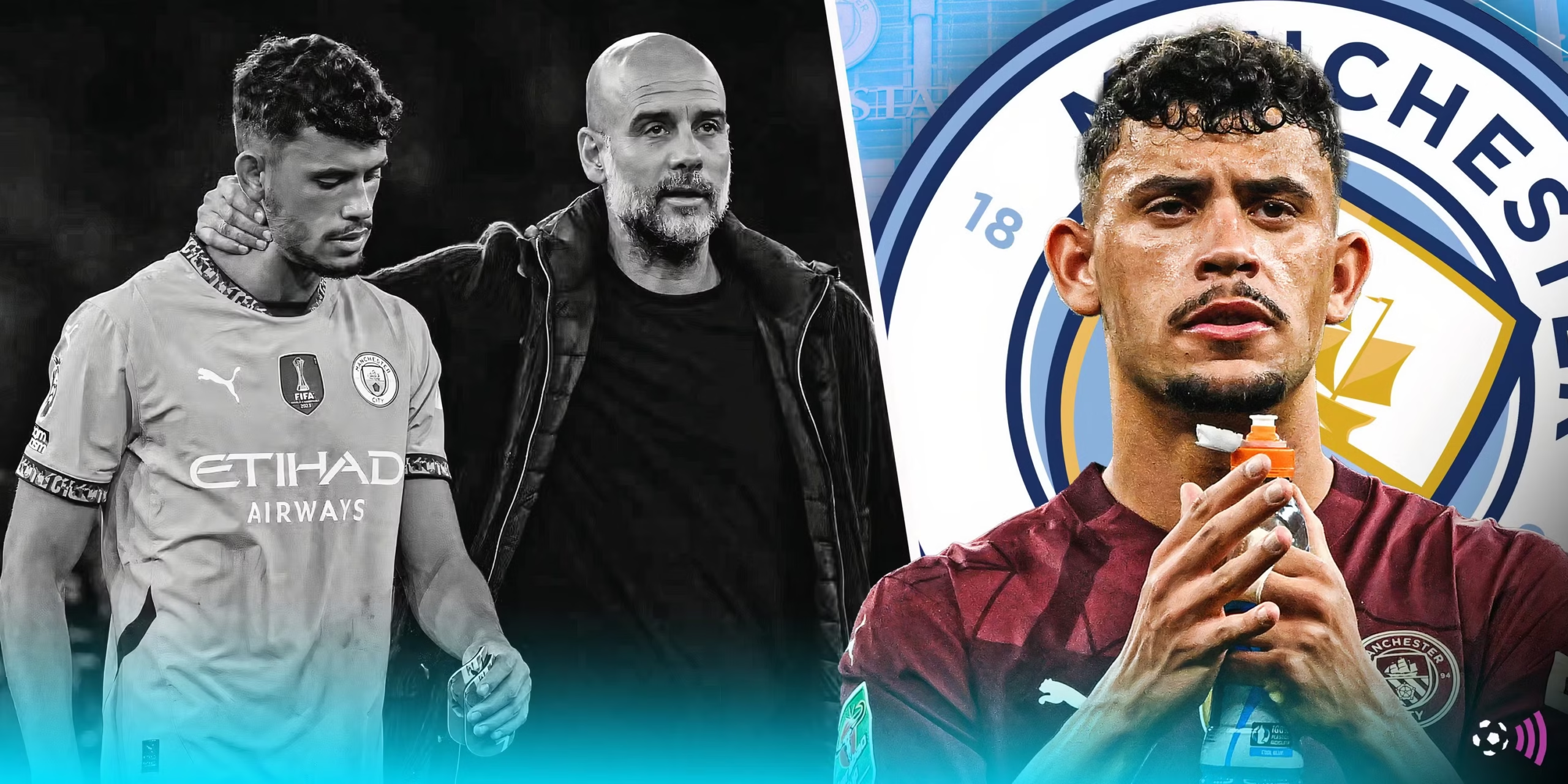
Manchester City’s academy has produced some remarkable talents in recent years, with Phil Foden standing as the crown jewel of their youth development system. However, a pattern of selling promising academy graduates has emerged, raising questions about the club’s long-term youth development strategy and transfer decision-making.
Before examining the departed talents, it’s worth establishing the benchmark set by Phil Foden. The local boy has amassed over 300 appearances for his boyhood club, contributing to more than 150 goals through scoring and assists. This remarkable record demonstrates what’s possible when young talent is nurtured and given opportunities to develop at the highest level.
Foden’s success story is complemented by the current crop of academy graduates in the first team, including Rico Lewis and Oscar Bobb (though the latter has faced injury challenges this season). James McAtee has also shown promise, indicating that the academy continues to produce high-quality players.
Cole Palmer: The Most Glaring Example
Perhaps the most significant departure in recent years has been Cole Palmer’s move to Chelsea for £42.5 million in 2023. The Wythenshawe-born attacker has since exploded onto the scene at Stamford Bridge, accumulating an impressive 60 goal contributions in just over 70 appearances. His development has been so remarkable that Jamie Carragher suggested he could become “the best player in the Premier League” if he maintains his trajectory.
The Palmer transfer raises serious questions about City’s evaluation of young talent. While the fee seemed substantial at the time, his subsequent performance suggests it may have been significantly undervalued. The decision to sell rather than integrate him more fully into the first team looks increasingly questionable with each passing game.
Another notable departure has been Morgan Rogers, who initially moved to Middlesbrough before finding his way to Aston Villa. With over 20 goal contributions in nearly 50 games and an England cap to his name, Rogers represents another example of a City academy product flourishing elsewhere. His success at Villa Park suggests City may have underestimated his potential for growth and impact at the highest level.
The sale of Liam Delap to Ipswich Town has also proved significant. Despite joining a team struggling for form, Delap has managed to record over ten goal involvements this season. His ability to perform in challenging circumstances raises questions about whether he could have been developed further within City’s system.
Perhaps the most poignant example of City’s academy sales is Brahim Diaz, who recently came back to haunt his former club in the Champions League. The Morocco international’s journey from City’s academy to scoring against them for Real Madrid encapsulates both the quality of City’s youth development and the potential consequences of letting such talent leave.After making 15 appearances and scoring twice for City’s first team under Guardiola, Diaz moved to Real Madrid in January 2019 for £15 million (including add-ons). His subsequent development has been impressive:
- 96 appearances for Real Madrid
- 18 goals and 18 assists
- Particularly strong 2023/24 season with eight goals and seven assists in 31 La Liga games
- Continuing his form in 2024/25 with four goals and six assists in 30 appearances
The numbers paint a picture of a player who has grown into a significant force at one of the world’s biggest clubs. His goal against City in the Champions League served as a reminder of the talent that was allowed to leave the Etihad.
While the immediate financial returns from these sales might appear attractive, the long-term cost to Manchester City could be substantial. The combined value of these players in today’s market would likely far exceed their sale prices, suggesting a pattern of undervaluing academy assets.
Moreover, the success of these players at their new clubs indicates that City might be too quick to judge whether young players can make the grade at the Etihad. The contrast between the careful nurturing of Foden and the relatively quick sales of other talents raises questions about consistency in youth development strategy.
The success of former Manchester City academy graduates at other clubs highlights both the quality of the club’s youth development system and the challenges in managing the transition to first-team football. While financial returns from sales have been significant, the subsequent success of departed players suggests a pattern of undervaluing homegrown talent.
The contrasting example of Phil Foden shows what’s possible when young players are given time and opportunity to develop within the club’s system. Moving forward, City might benefit from a more nuanced approach to evaluating and retaining academy talents, considering both immediate returns and long-term potential.
The challenge lies in balancing the immediate demands of competing at the highest level with the longer-term benefits of nurturing homegrown talent. As the success of departed academy graduates demonstrates, getting this balance right could be crucial for Manchester City’s future success and sustainability.






